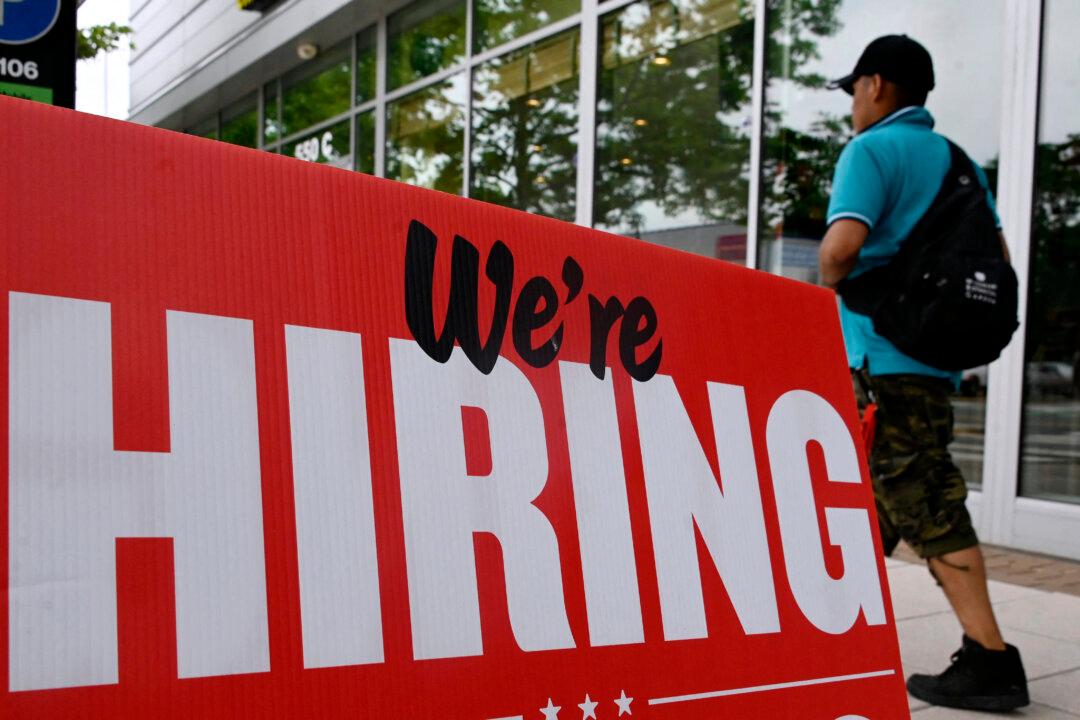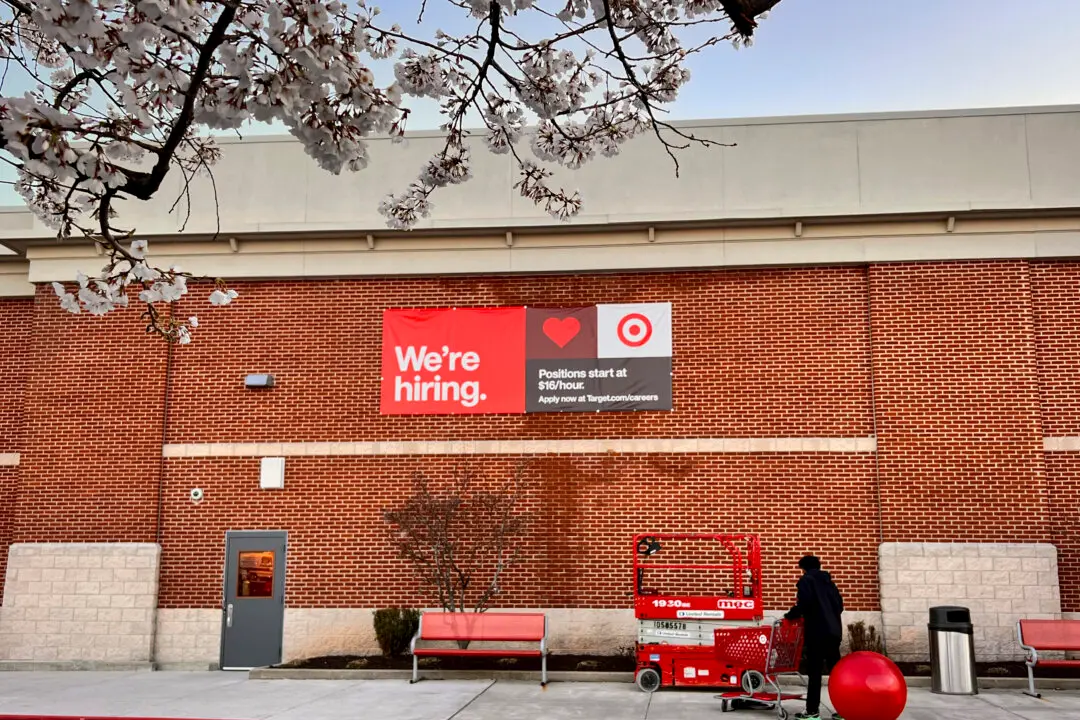The U.S. economy added 311,000 new jobs in February, down from 504,000 in January, according to the Bureau of Labor Statistics (BLS). Economists had projected 205,000 new positions last month.
The unemployment rate climbed to 3.6 percent, up from 3.4 percent, and matched market expectations. The labor force participation rate edged up to 62.5 percent.





